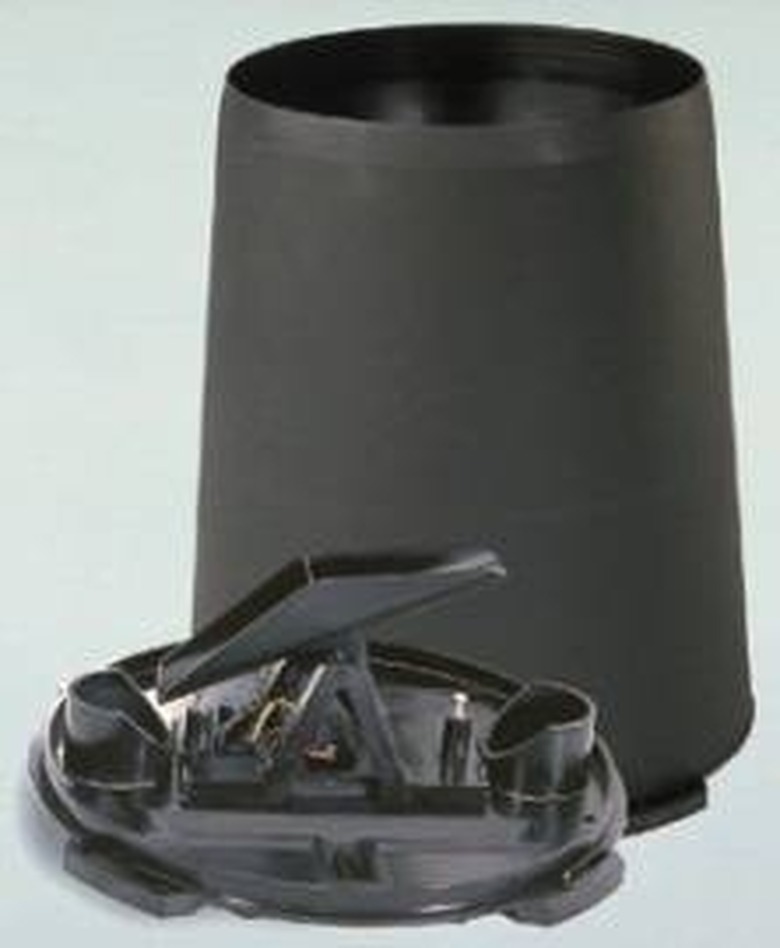How Does A Rain Gauge Work?
Types of Rain Gauges
Types of Rain Gauges
Measuring rainfall amounts is done primarily with rain gauges that work in three different ways. The three major types of rain gauges are the standard gauge, tipping bucket gauge and weighing gauge. Further distinguishing aspects such as how they are set up and how they deliver data can be made, though the basic operation of rain gauges does not usually vary from these primary rain gauge types.
Standard Rain Gauge
Standard Rain Gauge
Recording of rainfall using the standard or funnel rain gauge is generally done manually. These gauges work by catching the falling rain in a funnel-shaped collector that is attached to a measuring tube. According to the Spokane National Weather Service office, these tubes are usually 8 inches and have been in use for more than a century. The diameter of the collector is 10 times that of the tube; thus, the rain gauge works by magnifying the liquid by a factor of 10. Magnifying the rain in this way allows precise measurements down to one-hundredth of an inch. Amounts that exceed the tube capacity are caught in the outer shell of the gauge, allowing the recorder to pour out the liquid in the tube and fill it back up if needed.
Tipping Bucket Rain Gauge
Tipping Bucket Rain Gauge
Operation of a tipping bucket rain gauge is quite different from the standard gauge. The receiving funnel leads to one of two small buckets. Filling of one bucket occurs at one-hundredth of an inch. The result is a "tipping" of the liquid into the outer shell of the gauge, triggering the second bucket to takes it place. The process then repeats itself. Allowing for precise measurement of rainfall intensity and amount, this gauge has become standard for wireless weather stations. According to "Essentials of Meteorology" by C. Donald Ahrens, "Each time a bucket tips, an electric contact is made, causing a pen to register a mark. ..." Today, wireless digital tipping bucket gauges are very common, but they still use the same basic technology.
Weighing Rain Gauge
Weighing Rain Gauge
According to the Albany, New York National Weather Service office, the universal weighing rain gauge is optimal for climatology use. This is because of a vacuum that accounts for the effects of wind, allowing more rain to enter the gauge. These gauges are very precise in measuring rainfall intensity as the weighing mechanism at the bottom of the collector can be used to measure depth and time simultaneously. Recording is carried out much in the same way as the older versions of the tipping bucket gauges.
Cite This Article
MLA
Shepard, Don. "How Does A Rain Gauge Work?" sciencing.com, https://www.sciencing.com/rain-gauge-work-4898969/. 24 April 2017.
APA
Shepard, Don. (2017, April 24). How Does A Rain Gauge Work?. sciencing.com. Retrieved from https://www.sciencing.com/rain-gauge-work-4898969/
Chicago
Shepard, Don. How Does A Rain Gauge Work? last modified March 24, 2022. https://www.sciencing.com/rain-gauge-work-4898969/
